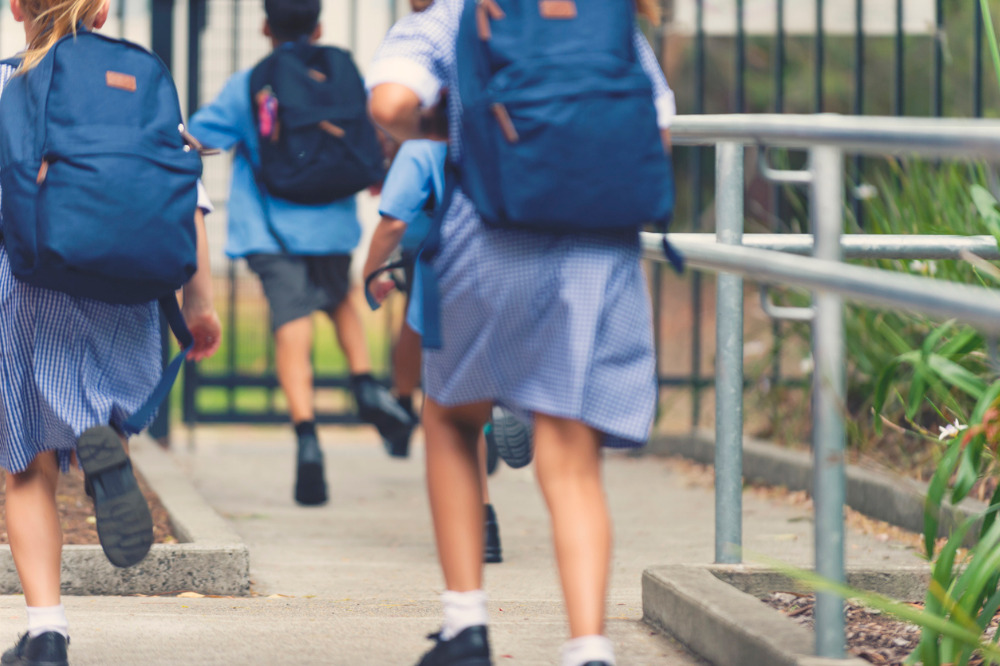
New research has called for full funding of public primary schools by 2025, warning that a failure to invest will see widening achievement gaps between students from different backgrounds, a worsening teacher crisis, and a decline in teacher and student wellbeing.
The position paper, commissioned by the Australian Government Primary Principals Association (AGPPA), comes ahead of the Education Ministers Meeting on 11 December to consider the review of an expert panel advising the government on the next national schools reform agreement.
The research – undertaken by Pasi Sahlberg (University of Melbourne), Trevor Cobbold (National Convenor of Save our Schools) and Caitlin Senior (University of Melbourne) – is also the first to measure the economic impact that Australia’s government primary schools have on the Australian economy.
“The time is now. We cannot afford to wait,” AGPPA president, Pat Murphy told The Educator.
“This research shows that public primary schools are the foundation of Australia’s economy, and that the economic impact these schools have is greater than multinational companies.”
Murphy said this makes the current generation of students in Australia’s public primary schools “the nation’s most valuable asset.”
“It is therefore critical that public school children be given every opportunity to realise their potential and shine into the future.”
‘The gaps are only widening’
The paper found that Australia’s school education is one of the most unequal in the developed world, with achievement gaps between children from advantaged and disadvantaged backgrounds as much as equivalent to two years of learning by Year 5. And the authors of the research warn that the inequitable distribution of government funding is only causing these gaps to widen.
Between 2009 and 2021, government funding per student rose by $3,000 for private schools and $1,051 for public schools, despite public schools educating most disadvantaged and special needs students.
Only public schools in the ACT are funded to their Schooling Resource Standard (SRS) – the minimum level required to meet the educational needs of students. The paper suggests that, without change, public schools in all states and the Northern Territory will still be funded at 91% or less of their SRS in 2029.
“The research makes clear the need to fund all public schools to 100% of their SRS, with primary schools receiving over $3,100 per student less than secondary students,” Murphy said.
“Primary schools need this investment at the commencement of a new National Schools Reform Agreement in 2025.”
A simple question of ‘why?’
Across Australia, government primary schools enrol more than 65% of Australian students – the largest share of the three school sectors, yet these schools continue to face substantial resourcing challenges.
“Government primary schools educate more than 80% of Australia’s socioeconomically disadvantaged students, 76% of high disability students, and 82% of remote area students. Yet [Australian government schools] educate over 80% of the socioeconomically disadvantaged students, 76% of high disability students, and 82% of remote area students,” Murphy said.
“The evidence shows we continue to not fund these students in Australia adequately. You would have to ask why? Why are these students and the schools they attend not worthy of being funded to the minimum standard recommended?”
Indeed, adequately funding Australia’s public primary schools could have substantial benefits not only for student wellbeing and achievement nationwide, but for the economy as a whole, Murphy noted.
“Investing in public primary schools is a critical first step in making Australia’s education system better and fairer, and our nation stronger and more successful.”
A guaranteed boon for the Australian economy
A 2018 analysis of NAPLAN data found that closing one-third of the gap between rural-remote-regional and urban human capital attainment could increase Australian GDP by 1.1%, equivalent to $18.5 billion, while fully closing this gap would create a whopping $55.5bn improvement in GDP.
“It's worth noting that these figures specifically pertain to the direct effect on wages. Moreover, the ‘spillover’ effect resulting from corresponding improvements in physical and mental health, as well as the enrichment of communities, suggests that these GDP estimates are quite conservative,” the paper’s authors stated.
Deloitte projected a substantial $39bn increase in GDP from 2016 to 2076 (in 2016 dollar terms) if student achievement in all Australian schools were to match the performance of the strongest performing schools in the country. The Analysis also emphasises that a high-quality education for all Australians will become increasingly crucial for boosting economic growth in the future.
“The central point is that enhancing educational outcomes for all children, particularly those who are not achieving at rates equal to their more socioeconomically advantaged peers, yields numerous interconnected benefits for all children and society as a whole,” the paper’s authors stated.
“It's worth noting that this concept is already acknowledged in many Australian government strategies and plans.”
The alternative could mean ‘economic failure’ for Australia
The paper warned that Australia's economic position is at risk of “deterioration” if government schools remain underfunded.
“It is extensively documented that a high-quality education, including the completion of secondary school or its equivalent, yields numerous positive effects,” the paper’s authors stated.
“These effects include increased earning potential for individuals, greater GDP, enhanced innovation in business, and an overall more competitive economic stance for the nation.”
The paper said the deficiency in adequate funding for government schools “sets Australia on a path towards a future where individuals have reduced earning potential.”
“Consequently, there will be a heightened reliance on social welfare assistance and diminished income tax revenue collected by governments. This scenario ultimately results in a less favourable economic position for Australia.”


